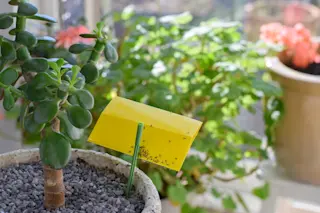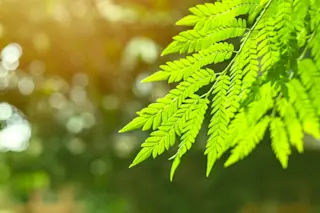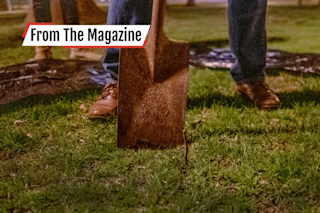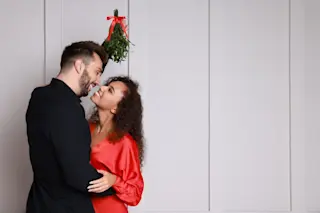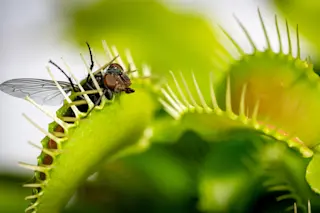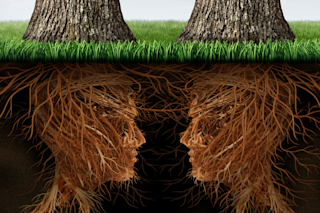A tequila farmer walks down rows of blue agave planted for harvest. (Credit: T photography/Shutterstock) In the late 1950s, “Tequila,” The Champs’ most famous song, popularized the spirit beyond Mexico. Just a few years later, margaritas, a classic tequila-based cocktail, were all the rage in American bars. The Rolling Stones even showed their love for the liquor, calling their ‘72 tour “The Cocaine and Tequila Sunrise Tour.” In the ‘90s, with the spirit already grounded in pop culture, the tequila industry experienced its first great economic boom and blue agave, the plant from which it’s made, became known as blue gold. Since then, Mexico’s export of tequila has more than doubled. In 2017, approximately eight out of 10 liters were shipped abroad, according to the Tequila Regulatory Council. This high demand, coupled with the industrial process of making tequila on such a large scale, could lead to the end of ...
Could Bats Save Tequila?
Explore the blue agave harvest and how bats pollinate blue agave to ensure sustainable tequila practices thrive.
More on Discover
Stay Curious
SubscribeTo The Magazine
Save up to 40% off the cover price when you subscribe to Discover magazine.
Subscribe



